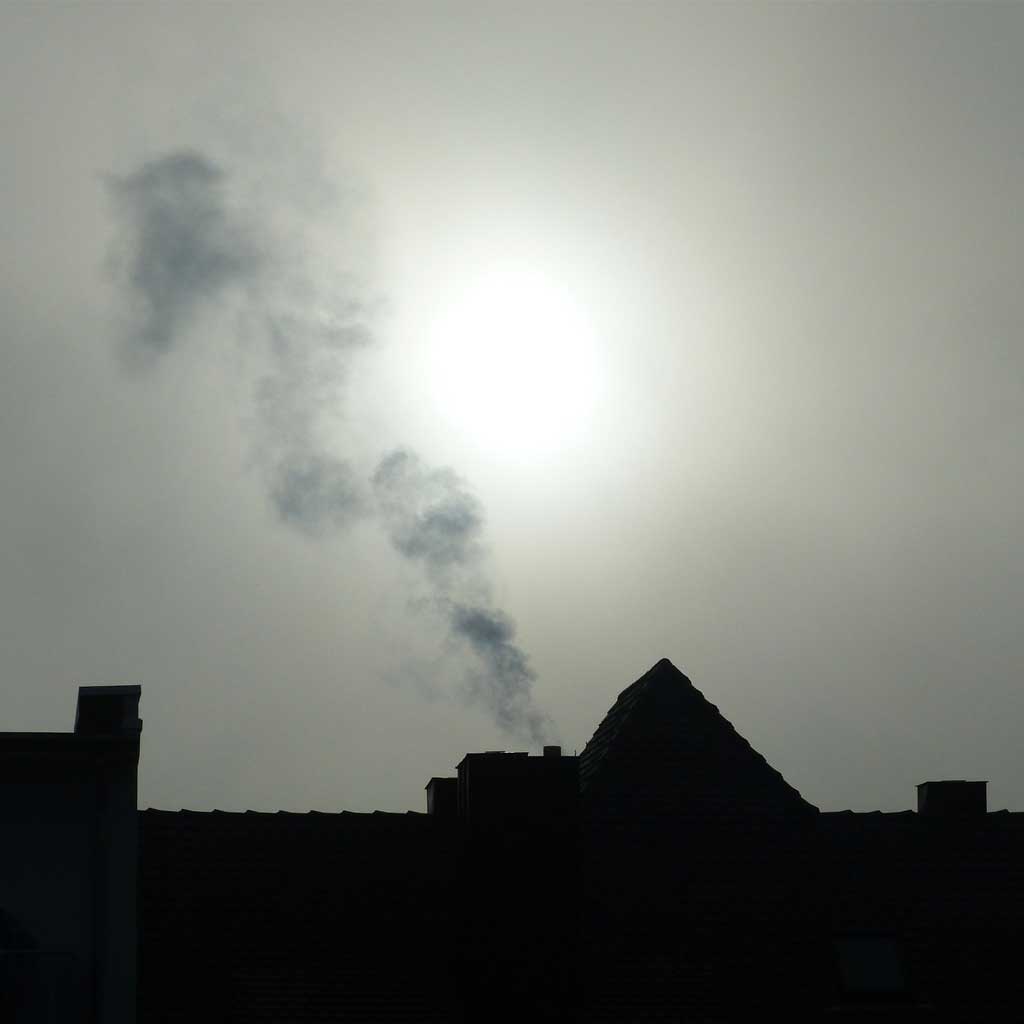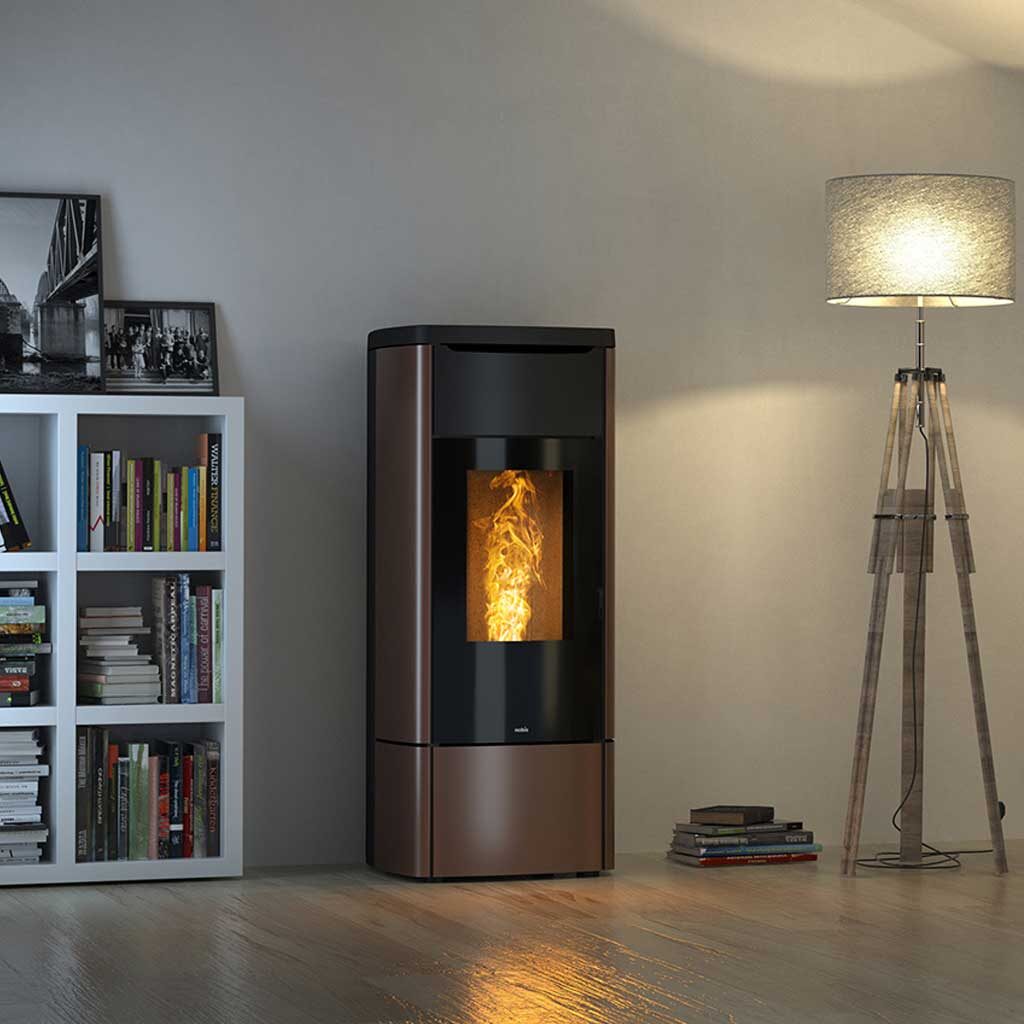
La nuova identità Sistem Air Group
L’evoluzione del logo del Gruppo esprime e anticipa la direzione aziendale determinata dall’espansione in nuovi settori e ampliamento della gamma prodotto

Although it is clear to all that at COP26, the UN climate change conference underway in Glasgow, there will be no overall agreement among the world's superpowers on cutting greenhouse gas emissions, the role of biomass in the successful fight against climate change is becoming increasingly apparent.
This is because biomass, thanks to sustainable forest management, has the peculiarity of being able to guarantee the reabsorption of carbon emissions produced during energy use. In essence, as much CO2 is emitted in the combustion phase as was absorbed by the plants in the growth phase, and the net emission balance is potentially zero.
Fossil fuels, on the other hand, release massive amounts of carbon dioxide into the atmosphere over geological eras without the system being able to reabsorb it.
This is why this type of fuel is one of the main causes of global warming and has been the focus of discussions among world leaders at COP26 in Glasgow.
Of course, biomass fuels, particularly wood fuels, involve energy-consuming operations such as cutting, transporting and processing of wood.
But, despite this, CO2 emissions for fossil fuels, for the same amount of energy produced (MWh), are much higher than for woody fuels. The use of woody biomass for the production of heat allows to reduce CO2 emissions between 89% and 94% compared to traditional fossil fuels.
Using biomass for heating also brings socio-economic benefits to the regions. Particularly in marginal or mountain areas when it triggers local supply chains of woody biofuel.


Although it is certified that during combustion a solid fuel such as pellets emits more dust than a gaseous fuel (methane/LPG), it is important to consider the problem in terms of quality/composition of actual toxicity on human health of the particulate emitted.
In biomass boilers, for example, pellet combustion has the following advantages:

L’evoluzione del logo del Gruppo esprime e anticipa la direzione aziendale determinata dall’espansione in nuovi settori e ampliamento della gamma prodotto

Le energie rinnovabili, come il sole, il vento e l’acqua, giocano un ruolo sempre più importante nella transizione verso un’economia a basse emissioni di carbonio.

La proposta del Libro Bianco di Aiel per abbattere del 70% l’inquinamento da riscaldamento